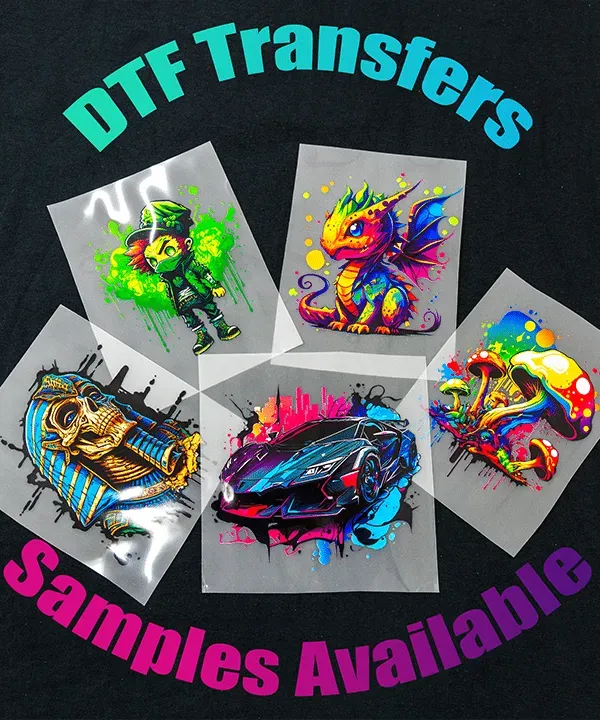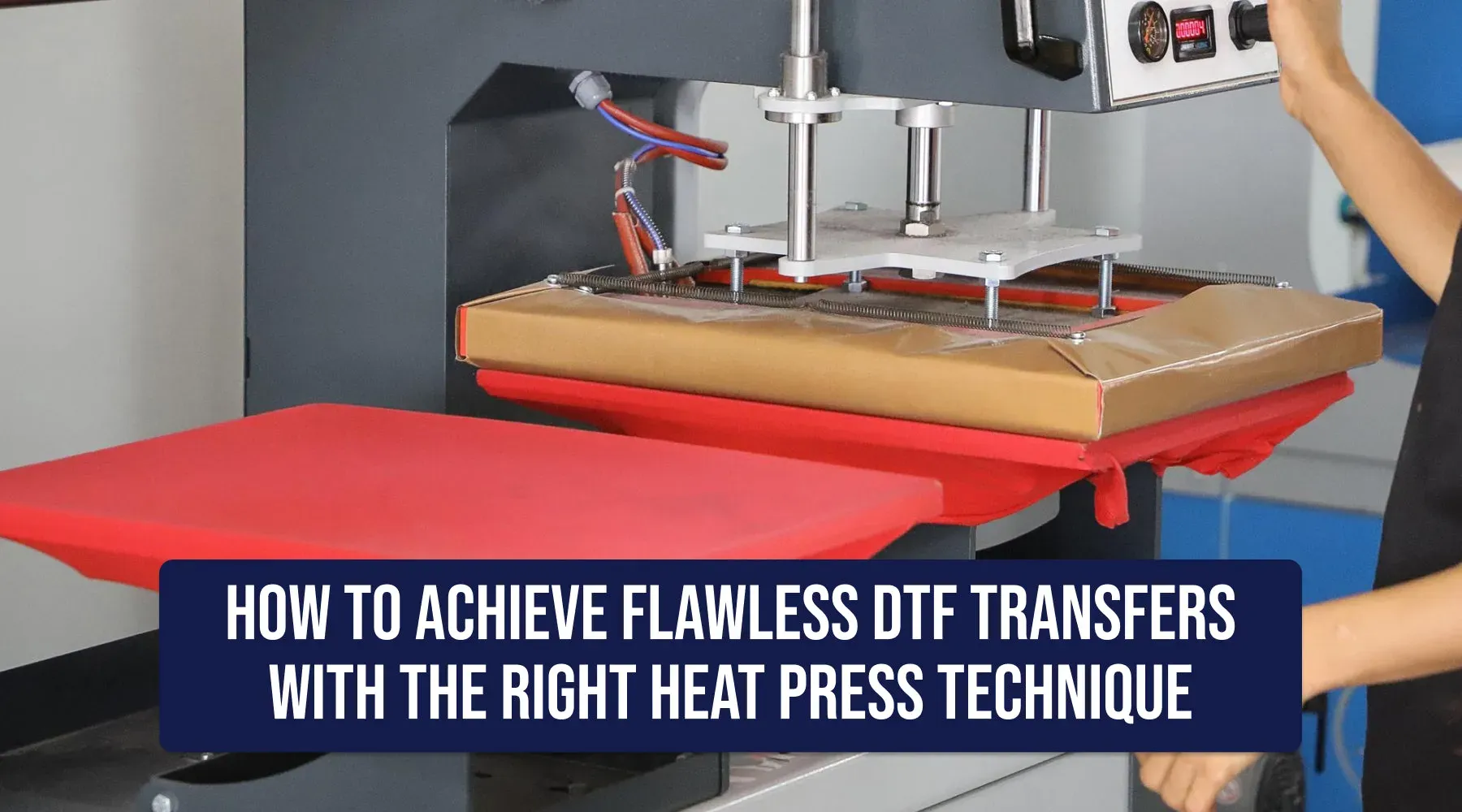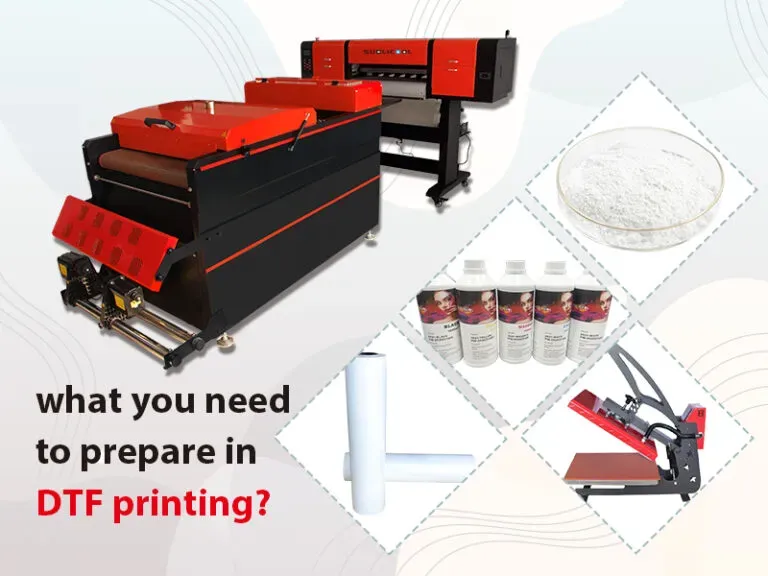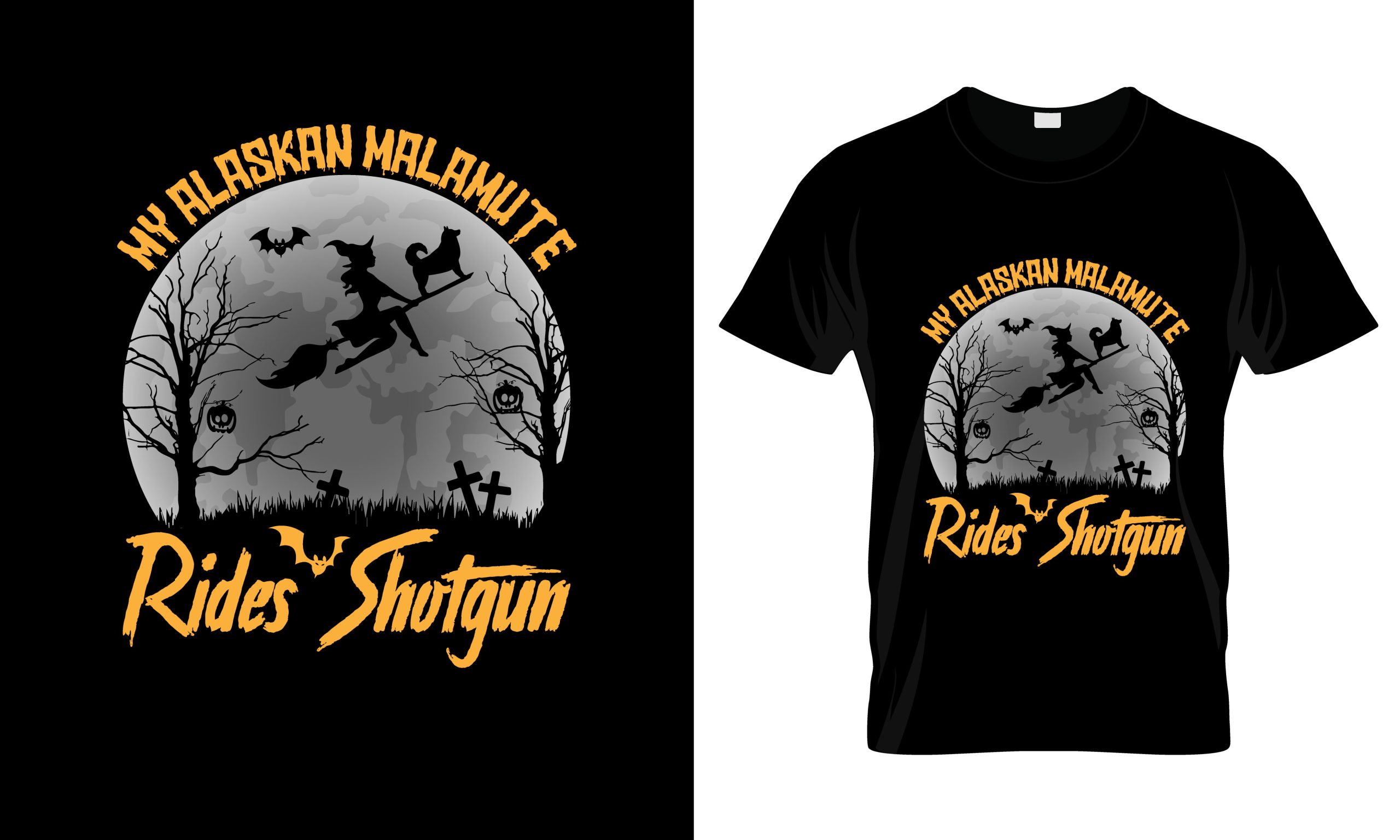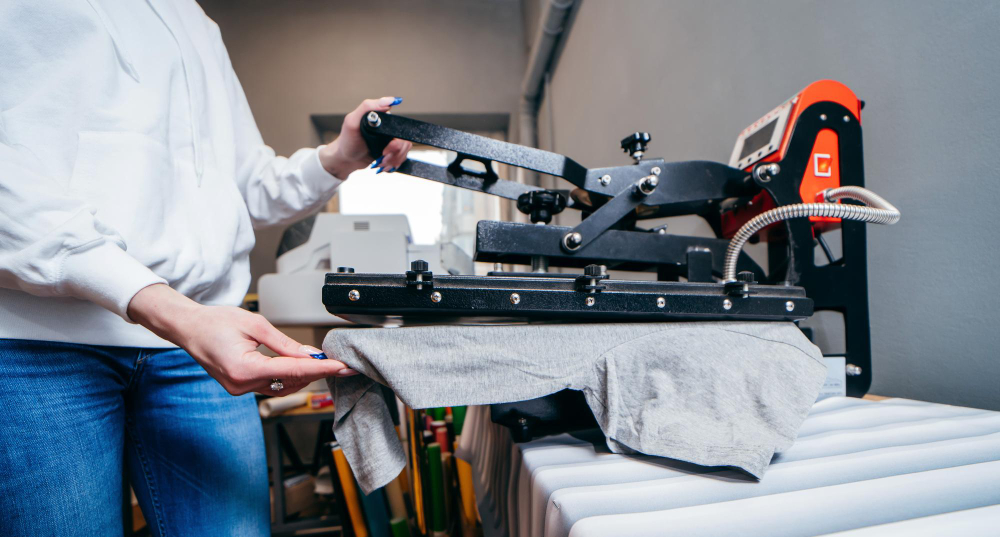DTF Transfer Printing vs. Traditional Methods: Pros & Cons
DTF transfer printing has emerged as a transformative technique in the world of printing technology, offering a modern alternative to traditional printing methods. Unlike screen printing or DTG printing, which often involve intricate setups and higher costs, DTF allows for a more streamlined and cost-effective printing solution. This cutting-edge process involves transferring designs onto a special film and then onto the desired substrate through heat application, enabling businesses and crafters to produce high-quality prints with ease. The versatility of DTF transfer printing, applicable to a range of materials beyond fabrics, positions it as a favorable option for anyone looking to expand their product offerings. With its growing popularity, understanding the benefits and limitations of DTF compared to traditional methods is essential for making informed decisions in your printing projects.
Direct to Film (DTF) printing, a revolutionary advancement in customization techniques, stands out among the myriad options available today. This innovative process, which involves transferring images through a special film, contrasts sharply with the earlier methods of screen printing and direct to garment (DTG) printing. As businesses and artists explore cost-effective printing solutions, DTF offers an appealing option that combines quality and efficiency. Known for its adaptability to a variety of substrates, including non-fabric materials, DTF printing technology provides new avenues for creative expression and production. Embracing these cutting-edge printing methods is crucial for those seeking both versatility and durability in their projects.
Understanding DTF Transfer Printing: A Modern Solution
DTF transfer printing, or Direct to Film transfer printing, is revolutionizing the way businesses approach garment printing. It allows for high-quality designs to be printed on specially coated films, which are then heat-transferred onto various substrates. This method has been well-received as it combines the efficiency of traditional printing methods with modern technology. Unlike screen printing, which can require multiple layers and setups for different colors, DTF printing simplifies the process while maintaining high resolution and vibrancy. As a result, businesses can now produce intricate designs that were previously challenging to execute in bulk.
Moreover, DTF transfer printing is versatile enough to cater to a wide array of materials, including cotton, polyester, and even hard surfaces. This adaptability enables creators to expand their offerings beyond textiles, incorporating promotional items like mugs and phone cases. As more companies recognize the potential of DTF technology, the demand for this innovative printing solution is expected to surge, positioning it as a significant player alongside traditional methods like DTG and screen printing.
Advantages of DTF Transfer Printing Over Traditional Methods
One of the standout advantages of DTF transfer printing is its cost-effectiveness, particularly for small production runs. Traditional methods, such as screen printing, often come with hefty setup fees and require bulk orders to justify the initial investment. In contrast, DTF allows businesses, especially startups and small crafters, to produce high-quality prints without the burden of extensive upfront costs. This democratization of printing technology paves the way for a new class of entrepreneurs eager to explore the creative possibilities that come with DTF.
Additionally, the ease of use associated with DTF transfer printing makes it appealing to beginners. Unlike traditional printing methods that demand a certain level of technical know-how, DTF printing simplifies the process. Users can achieve brilliant results with minimal training, reducing the time and resources spent on onboarding staff. This accessibility not only broadens the potential user base but also encourages more creators to enter the market, facilitating innovation and expanding the scope of printed products available to consumers.
Environmental Impact: DTF Printing as a Sustainable Option
In today’s eco-conscious consumer market, the environmental impact of production methods is more critical than ever. DTF transfer printing is seen as a more sustainable option compared to traditional screen printing. The latter processes often waste significant quantities of ink and materials due to the screen setup and cleanup required for each design. Conversely, DTF printing minimizes waste by transferring precisely what is needed for each print, making it a more responsible choice for manufacturers who prioritize sustainability.
Moreover, as DTF printing technology evolves, manufacturers are continuously seeking ways to reduce their carbon footprint. Many companies are experimenting with eco-friendly inks and film materials, which further enhances DTF’s appeal to environmentally-conscious customers. This commitment to sustainability resonates well with the growing demographic of consumers who prefer to support brands that align with their values, thus giving businesses using DTF a competitive edge.
Durability and Quality in DTF Transfer Prints
While DTF transfer printing offers numerous benefits, it is essential to address concerns regarding the durability of the prints. Some users have noted that DTF prints may not withstand repeated washing as effectively as traditional screen prints. This durability issue poses challenges for businesses that require long-lasting quality in their printed products, such as sportswear or work uniforms. It’s important for users to perform thorough tests to determine the longevity of their DTF prints in real-world conditions.
To counteract these concerns, advancements in DTF technology are leading to new inks and processes that enhance print durability. Innovations that improve adhesion and resilience are regularly emerging, allowing businesses to produce vibrant, long-lasting designs that can withstand the rigors of everyday use. As more companies invest in research and development for DTF printing, its reputation for quality is likely to improve, making it a viable option for high-demand applications.
The Cost-Effectiveness of DTF Printing in Small Batches
For small businesses and independent creators, the cost-effectiveness of DTF transfer printing plays a crucial role in their operational strategy. Traditional screen printing requires significant initial setup costs that can be a barrier for those producing small batches. DTF printing dramatically reduces these costs, allowing small-scale operations to fulfill custom orders with less financial pressure. As a result, entrepreneurs can experiment with unique designs and limited runs without the fear of incurring heavy losses.
This affordability also opens the door for more personalized and niche products that cater directly to consumer demands. Small businesses can capitalize on trends quickly, producing small batches of customized designs that might not be feasible through traditional methods. The flexibility that comes with DTF transfer printing empowers artisans and businesses to embrace creativity and innovation, ultimately stimulating growth in the custom apparel market.
Future Trends in DTF Printing Technology
As the demand for DTF transfer printing continues to grow, the industry is witnessing significant advancements that promise to shape its future. Many manufacturers are investing heavily in the latest printing technologies and materials to lead in this competitive market. With innovations ranging from faster print speeds to smarter software integration, businesses can expect enhanced operational efficiencies that streamline the production process and reduce overall costs.
Educational initiatives are also on the rise, helping to enlighten a broader audience about the capabilities and advantages of DTF technology. Webinars, workshops, and conferences dedicated to printing advancements are becoming commonplace, ensuring that businesses stay updated on the latest techniques and best practices. As these trends continue to emerge, the DTF printing landscape is set to evolve, offering exciting possibilities for designers and manufacturers alike.
Frequently Asked Questions
What is DTF transfer printing, and how does it differ from traditional printing methods?
DTF transfer printing, or Direct to Film printing, is a printing method that transfers images onto various substrates using heat-activated film. Unlike traditional printing methods like screen printing and DTG (Direct to Garment) printing, DTF provides a more versatile option for various materials—including textiles and plastics—without extensive setup, making it popular among small businesses and crafters.
What are the main advantages of using DTF transfer printing over screen printing?
One significant advantage of DTF transfer printing over screen printing is its cost-effectiveness for small runs. Screen printing often incurs high setup costs, making it impractical for limited orders, while DTF allows for high-quality prints with minimal initial investment. Additionally, DTF is easier to use, requiring less technical expertise compared to traditional methods.
Can DTF transfer printing be used on all types of fabrics?
DTF transfer printing can be used on a variety of fabrics, but it may not be suitable for all materials. Some delicate or heat-sensitive fabrics might be damaged during the transfer process. Users should ensure compatibility with the fabric types they are working with to avoid damage.
Is DTF transfer printing environmentally friendly compared to traditional printing methods?
Yes, DTF transfer printing is generally considered more environmentally friendly than traditional screen printing methods. DTF produces less waste, as it minimizes excess ink and materials, appealing to eco-conscious consumers and businesses mindful of their environmental impact.
What are the durability concerns associated with DTF transfer printing compared to DTG printing?
While DTF transfer printing offers versatility and cost-effectiveness, users have expressed concerns regarding its durability compared to DTG printing. DTF prints may not withstand as many washes or harsh conditions, which can be a drawback for businesses focusing on high-durability applications.
How does the initial investment for DTF transfer printing equipment compare to traditional screen printing?
The initial investment for DTF transfer printing equipment can be substantial, similar to that of traditional screen printing setups. However, DTF is often more cost-effective for smaller production runs, allowing businesses to avoid high setup costs typically associated with screen printing. This makes DTF an appealing option for small businesses looking for an economical printing solution.
| Key Feature | DTF Transfer Printing | Traditional Methods |
|---|---|---|
| Versatility Across Materials | Applies to various materials including fabrics, plastics, and hard surfaces. | Generally limited to textiles and select materials. |
| Cost-Effectiveness for Small Runs | Lower setup costs make it ideal for small batch production. | High setup costs can make small orders impractical. |
| Ease of Use | User-friendly with minimal training required for operators. | Requires skilled technicians to operate complex machinery. |
| Environmental Benefits | Generates less waste compared to traditional methods. | Typically creates more waste due to excess ink and materials. |
| Durability | Concerns raised about the longevity of prints under extreme conditions. | Known for high durability and longer lasting prints. |
| Initial Equipment Investment | Can have a substantial initial cost, but is offset by low running costs. | Often lower initial cost but higher per-job costs for small runs. |
| Heat Transfer Limitations | May damage delicate or heat-sensitive materials during transfer. | More flexibility with a broader range of material applications. |
Summary
DTF Transfer Printing is revolutionizing the printing industry with its unique advantages that cater to modern needs. This method excels in versatility, allowing for application across various substrates beyond textiles, and proves to be cost-effective, especially for smaller production runs, thus appealing to both hobbyists and small businesses. Its user-friendly nature simplifies the printing process, reducing the necessity for extensive training. Furthermore, DTF printing emerges as a more environmentally friendly option by minimizing waste. However, it is essential to consider potential trade-offs, including durability and the limitations associated with heat-sensitive materials. By carefully evaluating these factors, businesses can make informed decisions that align with their projects’ requirements, ensuring optimal results in the ever-evolving printing landscape.

